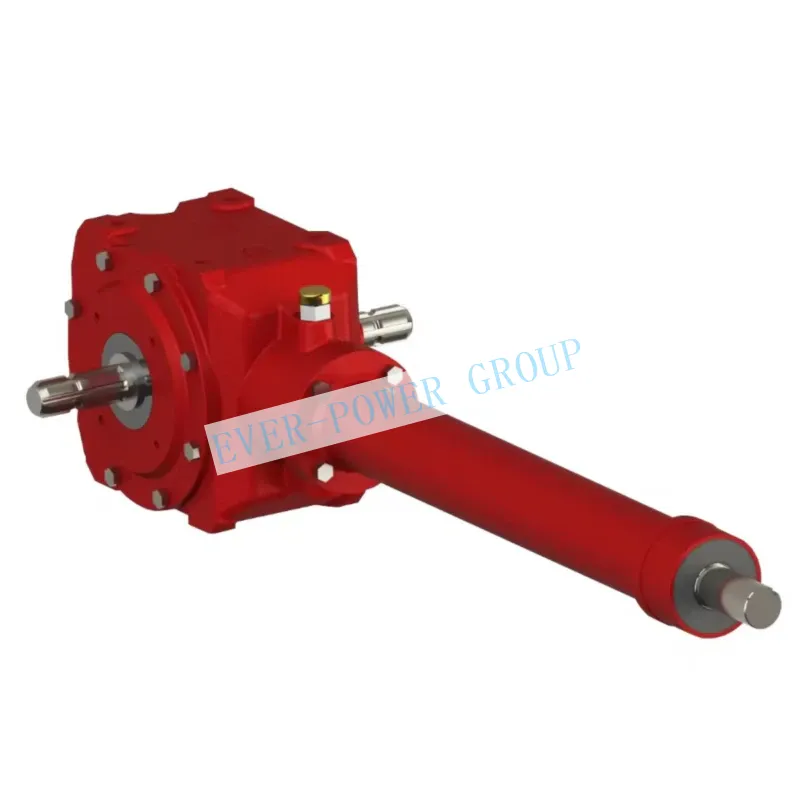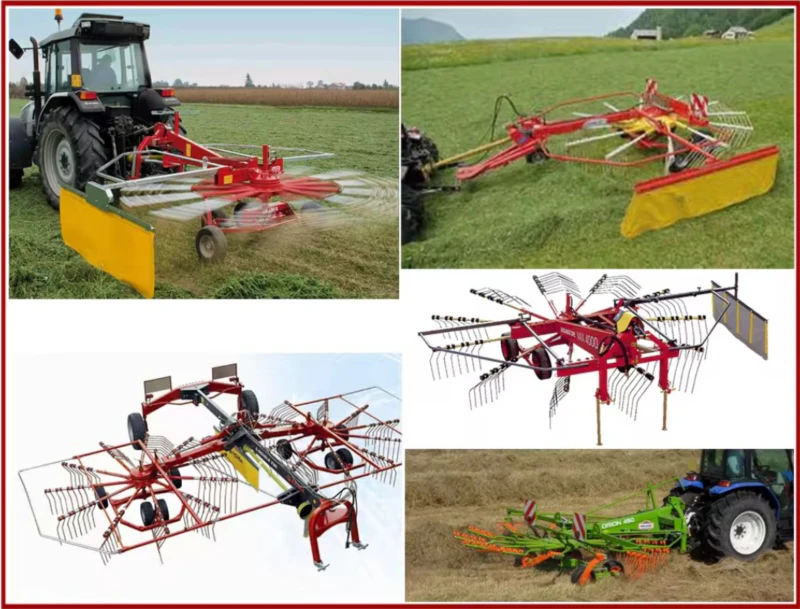Thermal Management in Agricultural Gearboxes

1. Introduction
In the field of agricultural machinery, gearboxes play a crucial role in the transmission of power and torque. However, the efficient operation of these gearboxes can be hindered by excessive heat buildup. Effective thermal management is essential to ensure the longevity and performance of agricultural gearboxes. This article will explore various aspects of thermal management in agricultural gearboxes and discuss the importance of implementing appropriate cooling mechanisms.
2. Understanding Heat Dissipation
Heat dissipation is a critical factor in maintaining optimal gearbox performance. Excessive heat can lead to premature wear and tear, reduced efficiency, and potential damage to internal components. To effectively manage thermal issues, it is essential to understand the main sources of heat generation within agricultural gearboxes.
3. Design Considerations for Efficient Cooling
A well-designed cooling system is vital for effective thermal management in agricultural gearboxes. This section explores various design considerations, including the use of cooling fins, heat sinks, and fluid cooling systems. Implementing these features can significantly enhance heat dissipation and improve overall gearbox performance.
4. Importance of Lubrication in Heat Control
Lubrication plays a crucial role in heat control within agricultural gearboxes. Proper lubrication ensures reduced friction and heat generation, leading to improved efficiency and extended gearbox life. This section discusses the importance of selecting the right lubricants and the frequency of lubrication for optimal thermal management.

5. Monitoring and Maintenance Practices
Regular monitoring and maintenance practices are essential for effective thermal management in agricultural gearboxes. This section highlights the importance of temperature monitoring, inspection of cooling components, and timely maintenance to prevent overheating and ensure optimal gearbox performance.
6. Q&A
Q1: How can I identify if my agricultural gearbox is experiencing thermal issues?
A1: Signs of thermal issues in agricultural gearboxes can include abnormal noise, increased vibration, and elevated operating temperatures. It is crucial to regularly monitor these factors and conduct proper maintenance to address any potential thermal problems.
Q2: What are the common cooling methods used in agricultural gearboxes?
A2: Common cooling methods include the use of cooling fins, heat sinks, and fluid cooling systems. Each method has its advantages and suitability depending on the specific gearbox design and operating conditions.
Q3: How often should I lubricate my agricultural gearbox to ensure proper heat control?
A3: The frequency of lubrication depends on factors such as operating conditions and manufacturer recommendations. However, regular lubrication intervals, typically every 100 operating hours, are a good practice to maintain optimal heat control.
Conclusion
Our company, a leader in the Chinese gearbox market, understands the importance of thermal management in agricultural gearboxes. With a wide range of products such as agricultural gearboxes, mower gearboxes, replacement comer gearboxes, tiller gearboxes, and greenhouse motors, we are committed to providing high-quality solutions. Our 300 sets of automatic CNC production equipment and fully automated assembly equipment enable us to deliver products of exceptional performance. We take pride in offering competitive prices and attentive customer service. Whether through customization or tailored solutions, we welcome our customers to experience our top-notch products. Please visit our website to learn more and to view images of our factory: 